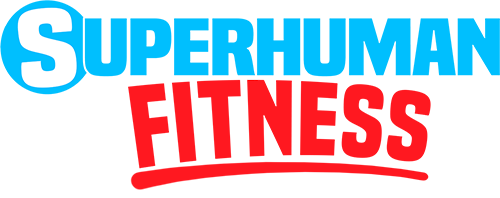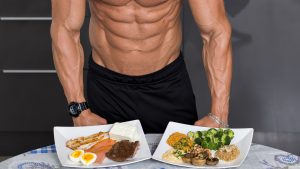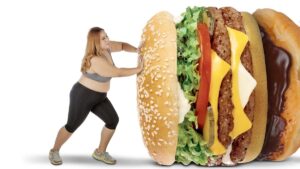Muscles are not built in the gym. They are built in the kitchen. And that is where most people trying to maximize their lean mass fail. They work their gluteus maximus off in the gym and, yet, their gains just don’t happen. What they need is a plan to get their muscle building goals on track and a revamp of their muscle building diet. So, here it is: the foods to eat to build muscle fast.
How Many Calories?
The bottom line when it comes to changing your weight is caloric balance. If your goal is weight loss, you need to eat fewer calories each day than you burn off.

Conversely, to build muscle, you must take in more calories than you burn each day. That will put you in what is known as a caloric surplus. Unless you are in that state, you will not achieve your muscle building goals, no matter how intense your weight training sessions are or how clean your nutrition is. You simply will not be giving your body the building material it needs to build that muscle.
So, how many calories do you need to consume for maximum muscle building potential?
There are several formulas that you can use to work out your required daily caloric requirement for muscle gain. Here's a calculator that will work out your required daily calories:
The 6 Best Muscle Building Foods
Now that you know exactly how many calories, and how much protein you should be consuming each day, let's drill down on the 5 best mass building foods to supply your body with the nutrients it needs to start packing on some lean muscle mass.
1. Eggs
Eggs are the best source known to man of high quality, bioavailable protein for absorption into the human body.
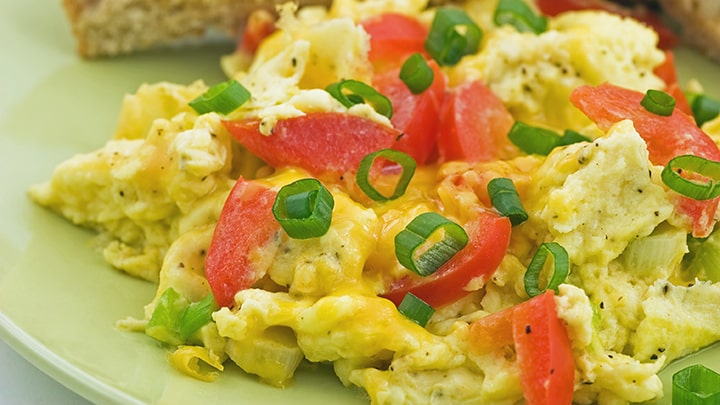
With around 6 grams of protein, including all the essential amino acids, in each egg, they are also among the most cost effective. That combination has made eggs a favorite among bodybuilders for decades. In addition to its high level of protein, the yolk of the egg also contains cholesterol which has been shown to strengthen the membranes of muscle cells and boost testosterone levels.
When you're buying your eggs, don't skimp on quality. Spending a little more for those that are pasture raised or free range will help you to build muscle faster!
Don't be afraid of loading up on eggs throughout the day. The old belief that the cholesterol in eggs is bad for you has been well and truly busted. Legendary trainer of the 60's Vince Gironda would have his guys eating as many as three dozen eggs per day on his Steak and Eggs diet with some pretty spectacular results. I don't recommend going that high but you can quite safely go up to a dozen a day.
2. Bison
When it comes to muscle building meats, bison is pretty hard to beat. As well as being high in protein, it is extremely lean.

That contrasts it with many other beef sources which are high in saturated fat. Bison is also nutritionally dense food, meaning that it packs in a whole lot of goodness for its calorie count. In fact a 100 gram serving will only add 143 calories to your caloric count. That makes bison also a smart choice for if you are trying to lose weight long term.
Bison meat has a lighter flavor and a slightly sweeter taste than most other red meats. It is a bit of an acquired taste but one that is well worth getting used if you're serious about muscle building while keeping your body fat in check.
3. Salmon
Salmon is an excellent source of fast absorbing protein, meaning that it will be available for protein synthesis quicker than many other protein sources. With 17 grams of protein in a 3 ounce serving, it's got a very high protein value. In addition, salmon is a premium source of omega-3 fatty acids, especially EPA and DHA. These fatty acids have been shown to enhance strength levels and boosts insulin sensitivity.
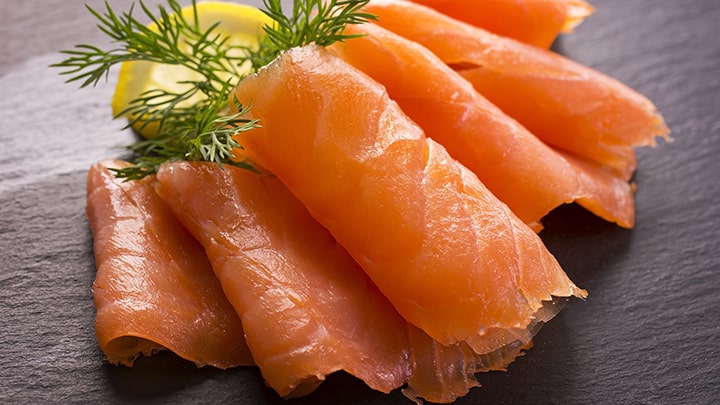
Both of these factors promote enhanced protein synthesis. The omega-3 fatty acids have also been shown in clinical studies to improve post workout muscle and joint recovery. Combining all those factors, it's not hard to see why we've rated salmon as one of the top muscle building foods that exist.
4. Chicken Breast
Apart from eggs, chicken is the stereotypical bodybuilding food. A lot of guys basically live off those two foods. I don't advocate that but I do recommend having three or four servings of chicken breast each week.
Not only does chicken taste great, it's also a lean source of highly bio-digestible protein. In fact, a 3-ounce portion provides around 26 grams of protein.
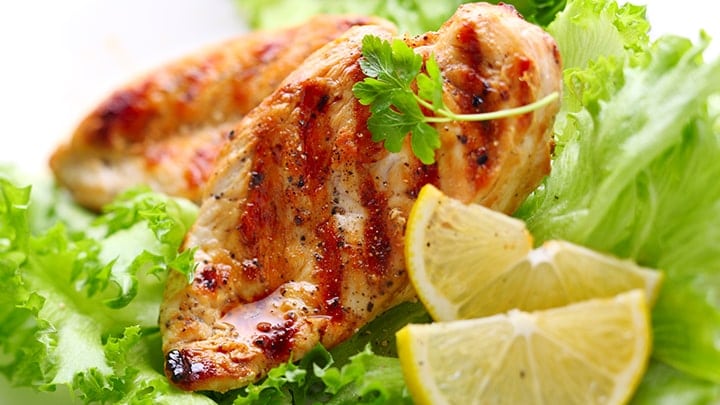
You also get a raft of minerals and vitamins that promote muscle building. Some standouts in this regard are Vitamin B6, which assists in the transfer of ingested carbohydrates into energy, zinc which promotes the release of anabolic hormones and selenium which assist in post workout muscle repair.
5. Sweet Potatoes
Getting massive isn't all about protein. You also need quality, low glycemic complex carbohydrates to deliver the energy to drive your workouts. They also allow you to more efficiently synthesize protein and they participate in the post workout muscle repair process.
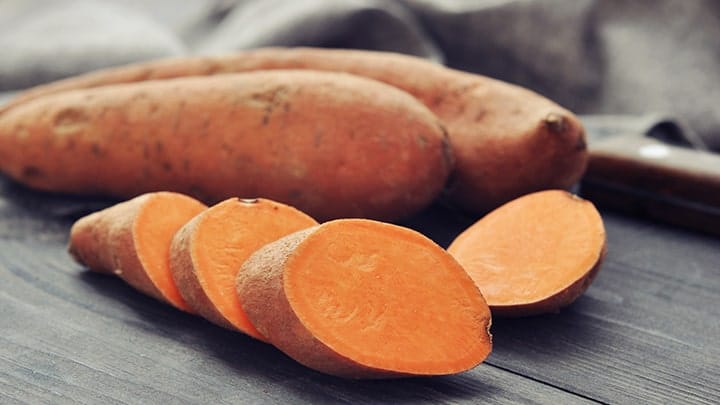
A great healthy carb option is the sweet potato. Sweet potatoes are also known as yams, or if you happen to reside in the South Pacific, kumara. Each average sized potato will provide you with 23 grams of carbohydrates. In addition, you'll get about 5 grams of fiber and plenty of mineral vitamin content. Sweet potatoes are also easy to cook. All you've gotta' do is zap them for 5 minutes in the microwave oven and they're good to go.
6. Oatmeal
Oatmeal is an excellent whole grain energy source that makes for a smart breakfast choice. It provides a slow release of carbs over the course of a few hours, making it perfect to eat a couple of hours out from your workout.
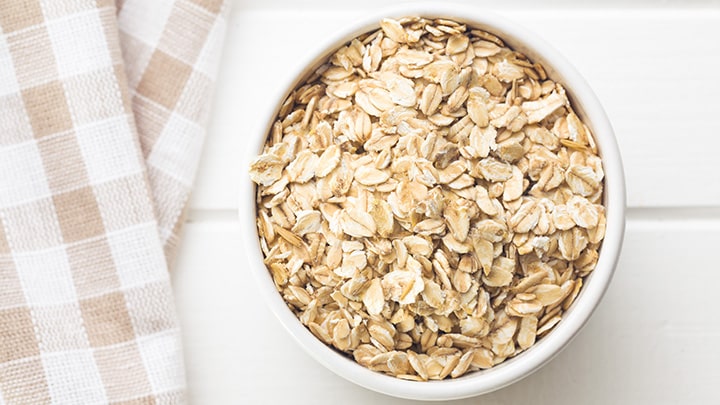
Rolled oats come in three versions; quick oats, whole rolled and steel cut. Always opt for the steel cut variety. This is the least processed kind and is the slowest releaser of energy. A single cup of dry steel cut rolled oats contains 55 grams of energy, along with 12 grams of protein and 4 grams of fat.
Make you oatmeal even more nutritious by adding foods like walnuts, to provide healthy fats, a chopped banana and a sprinkling of cinnamon, along with low fat milk.
6 Honorable Mentions
What About Protein Powder?
Protein powder is promoted by supplement companies as an absolutely essential muscle building supplement.
It isn't.
So long as you are getting your fill of whole food sources of protein as described above, your muscle building needs will be well catered for. There is no denying however, that protein powder comes into its own when it comes to convenience. In just a couple of minutes you're able to whip up a delicious and nutritious shake that will infuse your muscles with anything up to 40 grams of protein. When you're in a hurry or on the run, that's golden!
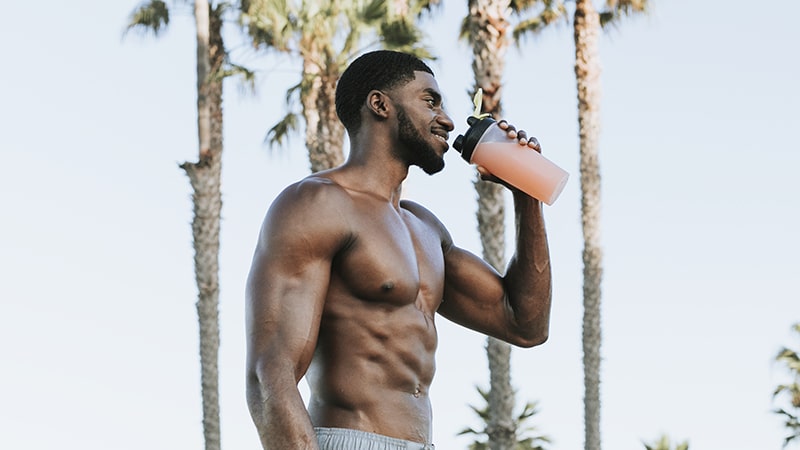
Taking a protein shake in the hour or so after your workout will assist in the recuperation and repair process by fast tracking amino acids to the damaged muscle tissue. There are a number of different types of powder on the market, including plant based varieties. I suggest you go for a whey protein powder.
Whey isolate has the lactose or milk fat removed. Many people end up with stomach issues when they take whey concentrate which retains the lactose due to a lactose intolerance. Whey isolate also contains fewer carbohydrates and has a complete amino acid profile. Whey protein is also fast releasing, so it will begin to release amino acids almost immediately.
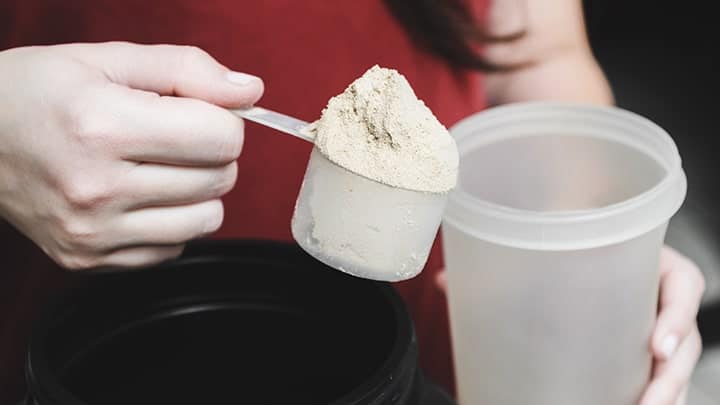
If you are taking a protein shake at night, you should opt for a whey casein version. Casein is slower digesting, so that it can release its amino acids consistently over the night time period. This is a good idea, as your body releases its greatest amount of human growth hormone while you're sleeping, putting it in a highly anabolic state. Look for a casein powder that delivers around 30 grams of protein per serve.
How Many Meals?
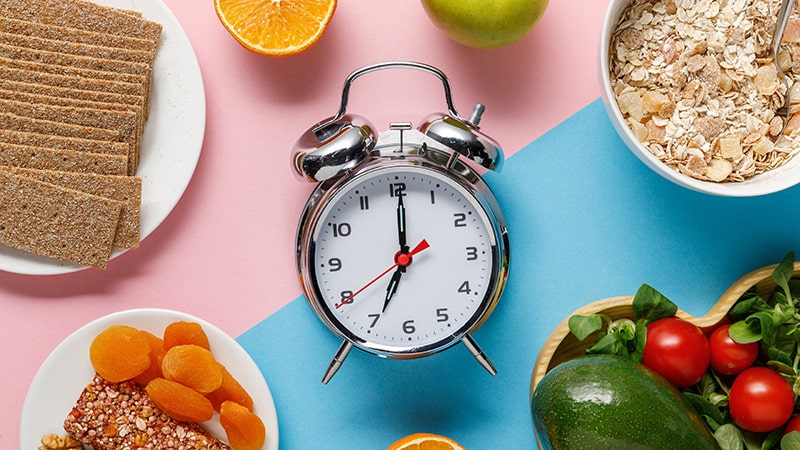
For the best muscle building success, you need to provide your body with a constant supply of the nutrients it needs to create energy and muscle tissue. Ideally, it should be getting a source of high quality protein every three waking hours. That works out to between 5 and 6 meals per day. So, if you were to have your first make at 7 am, your schedule would look like this:
How Not to Gain Weight

When many muscle trainers start out on a diet to gain weight, their main concern is usually to get big. But, as they become more experienced they realize that their goal should be to control their body composition; that is to change one kind of body into another kind of body, rather than blindly packing weight onto their frame. The sooner they realize the difference between building muscle mass and just putting on bulk, the better.
To build a quality physique you’ve got to eat a lot smarter than the old bulking method. Protein cycling is one way that you can get big and lean in record time.
Protein Cycling
The ultimate foundation of all successful diets to gain weight is protein. If you are getting less than one gram of protein for every pound of bodyweight per day, then you need to consume more protein. Once you have that foundation of quality, lean protein, you can start focusing on how and when to eat that protein in order to get the most out of your diet.
Protein cycling allows you to get the protein that you are putting into your body to work at full capacity for you. Although protein loading – simply eating more protein – will greatly help you to gain weight, there comes a point when you just can’t keep piling more protein into your body. For one thing, the more protein you eat, the more protein your body eliminates in waste. A lot of what you are paying for will simply come straight out when you go to the bathroom.
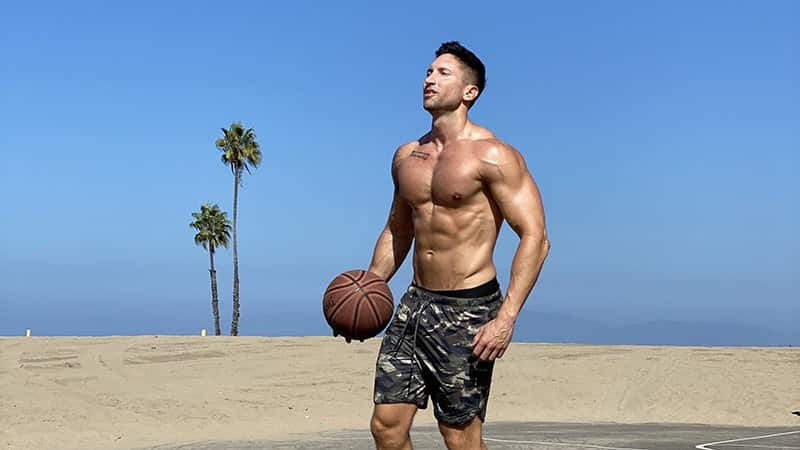
By scheduling your protein intake through protein cycling, however, you will be able to make sure that all of that vital protein that you are shoveling into your system will be used for lean mass building. Let’s find out how protein cycling can help you to fine tune your diets to gain weight to provide for maximum lean mass gain.
Protein cycling can take any number of forms, but it essentially involves varying protein intake systematically to help counteract any loss of protein that would occur when protein intake is reduced. Following a six week program utilizing protein cycling you could see you put on as much as 10 pounds of quality muscle. This is how it works:
PHASE ONE: PUMP PHASE
All diets to gain weight presuppose that you are training hard and consistently, and this one is no exception. Make sure that you are doing lots of heavy, basic movements done with perfect form.
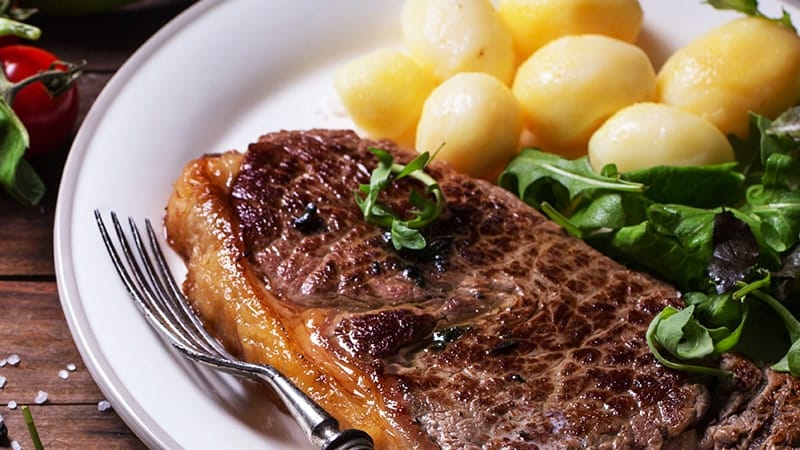
Starting with your baseline of 1 gram per pound of bodyweight, increase your daily consumption by 30-40 grams of protein per day. The balance of your muscle building foods should be clean, consisting of starchy and fibrous carbs and healthy fats. Make sure that you also eat a good amount of plant based foods.
PHASE TWO: RAMP PHASE
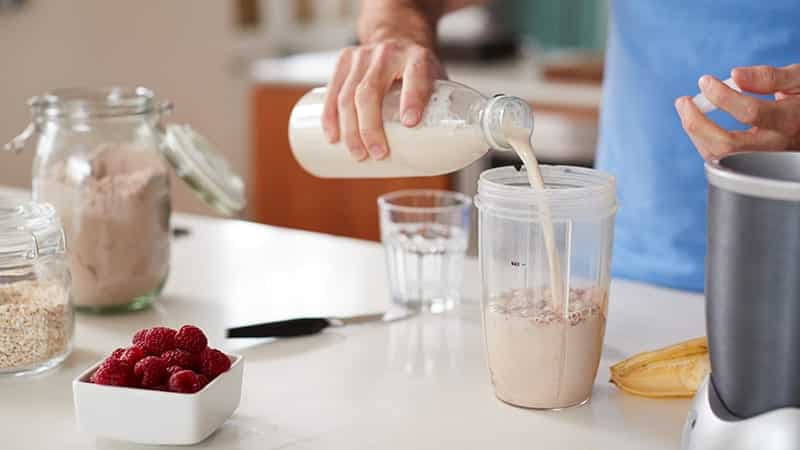
Continue with Phase One for two weeks. Then bump up your protein intake by a further 30-40 grams. Continue for a further two weeks. At the end of this time period, add one more 3-40 gram increase for a further two weeks. That is a lot of protein (for a 200 pound guy, it will mean eating about 305 grams of protein per day), but these slow increases over time will really help you to gain weight.
Remember that you can and should get some of that protein in the form of a shake.
PHASE THREE: RECOVERY PHASE
During the recovery period you gradually reduce your protein intake back to your baseline level of one gram per pound of bodyweight. Gradually reduce this level over 14 days. Do not suddenly cut back - this will make you lose muscle tissue.
Make sure that you spread your meals out on this program. Focus on cutting back on the number of protein shakes you are having, as opposed to whole food to curtail your protein levels.
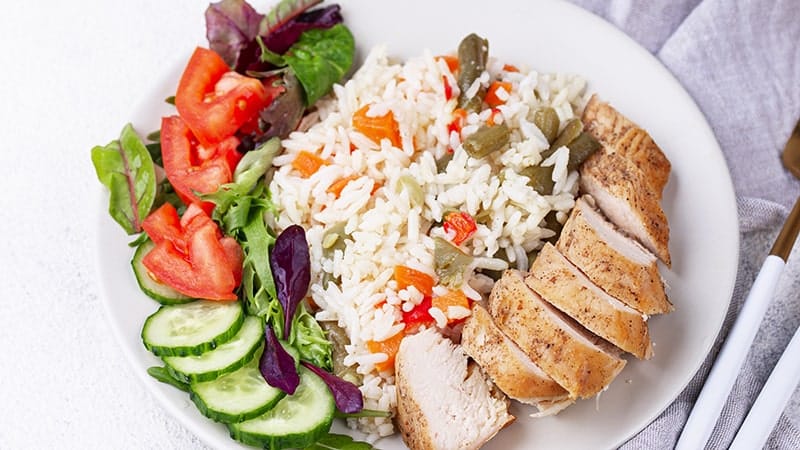
As you are cutting back on proteins during this two-week period, you should up your levels of carbohydrate and healthy fat intake. Add more fruit and vegetables. Try adding one serving of either of these for every 25 grams of protein you reduce.
During this two-week period you should cut back on your training volume. Cut your total number of sets by 25%, and your weight by between 10-15%. Use moderate weights but focus on the quality of your muscles contractions and the pump.
By following a protein cycling system you’ll be able to maximize your body’s nitrogen/ protein retention during Phase One while minimizing the depletion of muscle during the recovery phase. You can repeat the cycle two or three times over the course of a year. Train hard and follow the guidelines above to make the most of your protein intake and you’ll grow muscle fast.
4 Mass Building Nutritional Hacks
The following 4 hacks will allow you to gain the nutrition know-how to build some quality prime beef.
Hack #1: Customize Your Carb Intake
The exact number of carbohydrates that you need to consume each day depends on what your goal is and how your body processes carbs.
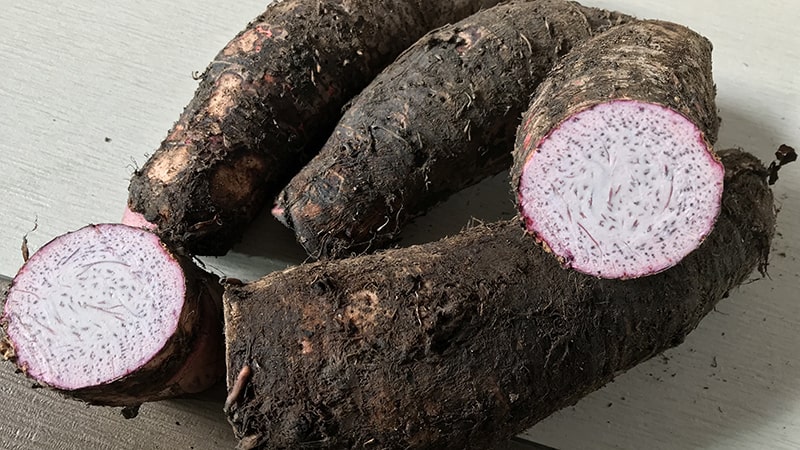
If you’re a hard-gainer, you need to digest more slowly digesting carbs such foods as brown rice, yams, and oatmeal should be consumed throughout the day. If, on the other hand, you easily add body fat to your frame, you’ll want to keep to a moderate carb intake. This applies even to the off-season when you’re focusing on upping the muscle mass.
Hard-gainers should consume 2.5 grams of carbs per pound of body weight when eating for bigger muscles. Those with a tendency to gain fat should keep their daily carb intake to 2.0 grams per pound of body fat. This means that a 200-pound guy will consume about 400 grams of carbohydrates per day.
Those who are working to shed body fat will want to cut their body fat considerably. They need to restrict the carbs right back to one gram per body part each day.
As an extra tip, you may benefit from a high-carb day once a week. On these days, you should increase your carb consumption to double your base-line level. This will go a long way to helping you to boost your metabolism. It will also allow you to quickly restock your glycogen levels, so you can train harder for longer.
Hack #2: Get a Variety of Protein
For optimal muscle, you need to get plenty of protein each day. This will ensure that you have all the amino acids that your body needs for building muscle tissue throughout the day. Aim to take in 1.5 grams of protein for every pound of body weight. For a 200 pound guy, that means he’ll be consuming 300 grams of protein per day.
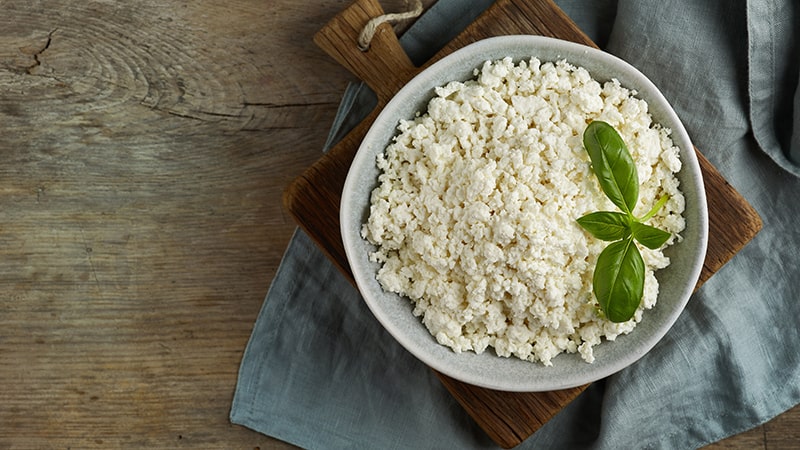
To make that protein intake really work for you, however, you’ve got to vary the sources of protein that you consume. When you consume both fast and slow-digesting proteins together you are giving your body a more immediate dose in addition to a sustained time-release protein that will be available for longer. This will support muscle development and prevent catabolism.
In terms of a protein supplement, you should be consuming a protein weight gainer powder that consists of a mix of both whey, for fast acting protein release and casein protein, for slower protein release. In terms of whole foods, eggs and cottage cheese are fast acting and steak is slow acting.
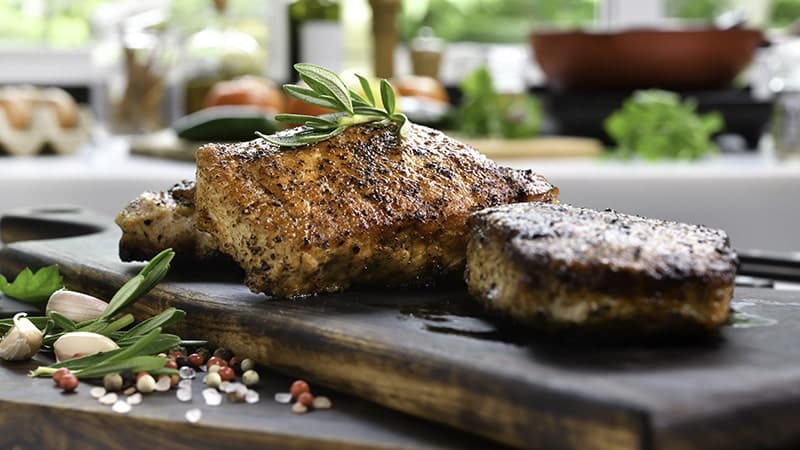
Fats and fiber slow the digestion rate of protein. You can, therefore, use these two nutrients to manipulate the digestion rate of protein. When you want to lengthen the time that protein stays within your system, have a serving of fats or fiber along with your protein. Conversely, in order to get the protein into your muscle cells more quickly, avoid fats and fiber.
Hack #3: Eat the Right Carbs at the Right Times
Getting the carb intake correct is the most challenging aspect of muscle-building nutrition. If you don’t time your carb intake properly, you may feel sluggish and weak during your workout.
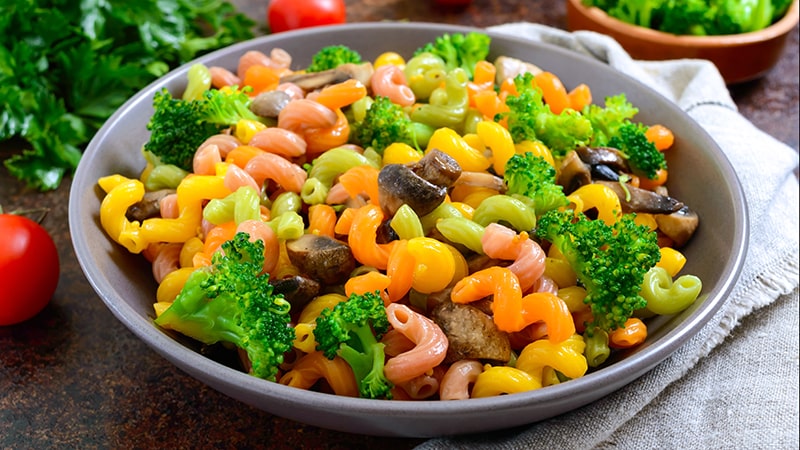
It is imperative that the bulk of your carbs should be taken into your system on either side of your workout. Prior to the workout, eat fast-consuming carbs like white rice. After the workout, you should go for a starchy carb like pasta. Starchy carbs help replace muscle glycogen stores that are burned during training. This helps you to recover and train more effectively for max muscle development.
Sugar sources should be avoided due to their spiking of insulin levels, which encourages fat storage. During your workout, however, a surge in insulin is a good thing. It will help to drive the mass building process. So, consuming sugar directly before your workout can help to fuel your workout.
Hack #4: Eat Clean on the Road
It may be more challenging, but if you are intent on real muscle growth, you need to keep eating for anabolism regardless of what is going on in your life. If you’re at a convenience store, you should be able to find boiled eggs or small packages of cheese. Ready to Drink (RTD) protein shakes are also widely available. You may also opt for packets of nuts – just be aware of the sugar and salt levels along with the preservatives.
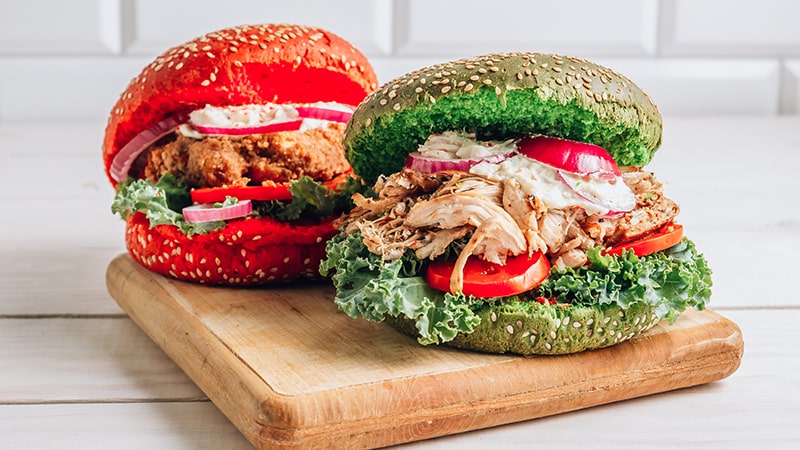
At a restaurant, order meat dishes that are simply prepared, such as by baking or grilling. Order vegetables on the side, and, if you get a salad, ask for the dressing to be put on the side. Your carb sources should consist of plain-cooked rice, pasta, baked potatoes, and yams. At fast-food restaurants, go for chicken breast based burgers. Beef burgers made with 100% beef are also loaded with protein.
You need to make sure, though, that you avoid such toppings as bacon and condiments such as mayonnaise or any sort of special sauce.
Remember, reasonable substitutes are a good way to stay on track.
